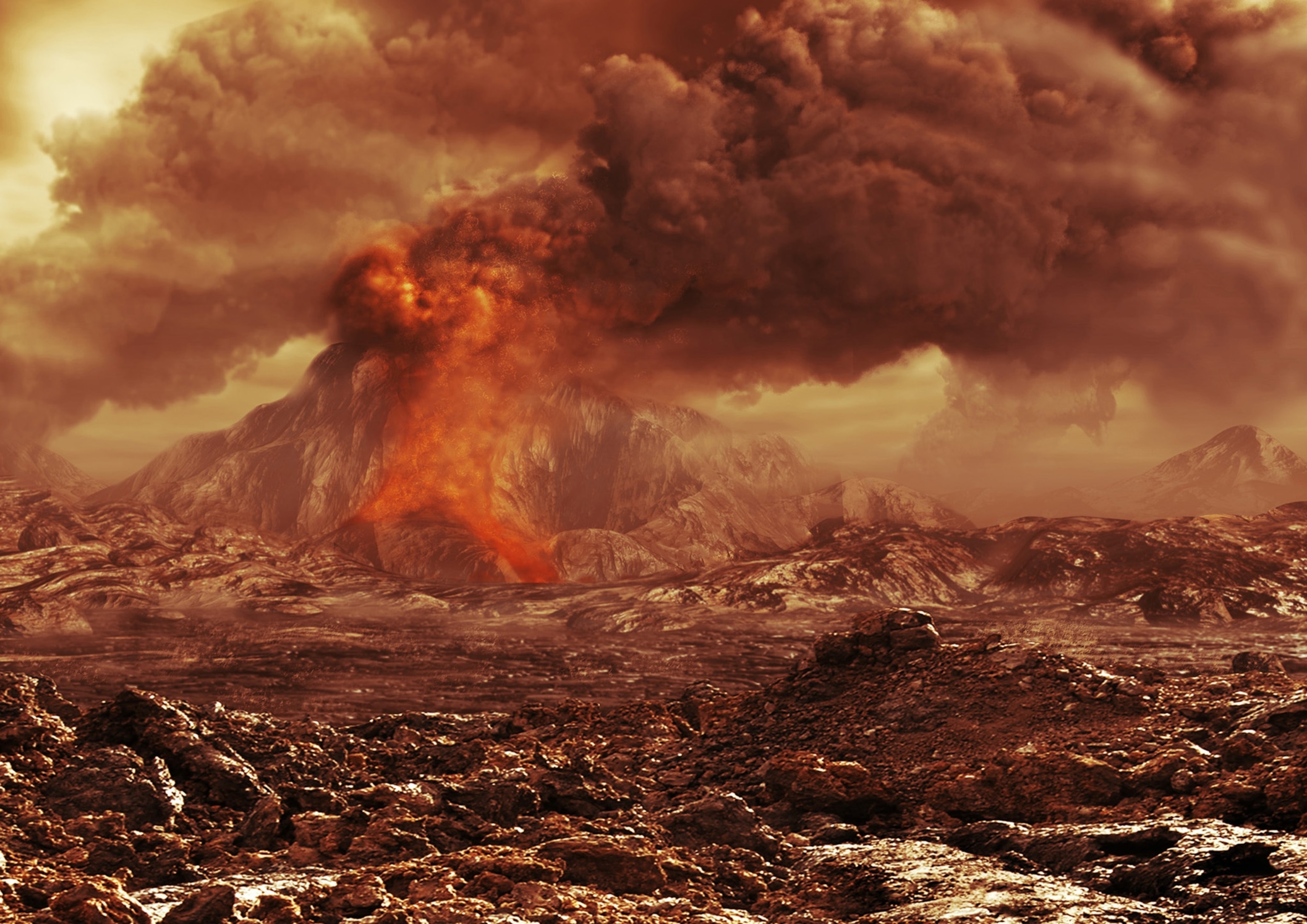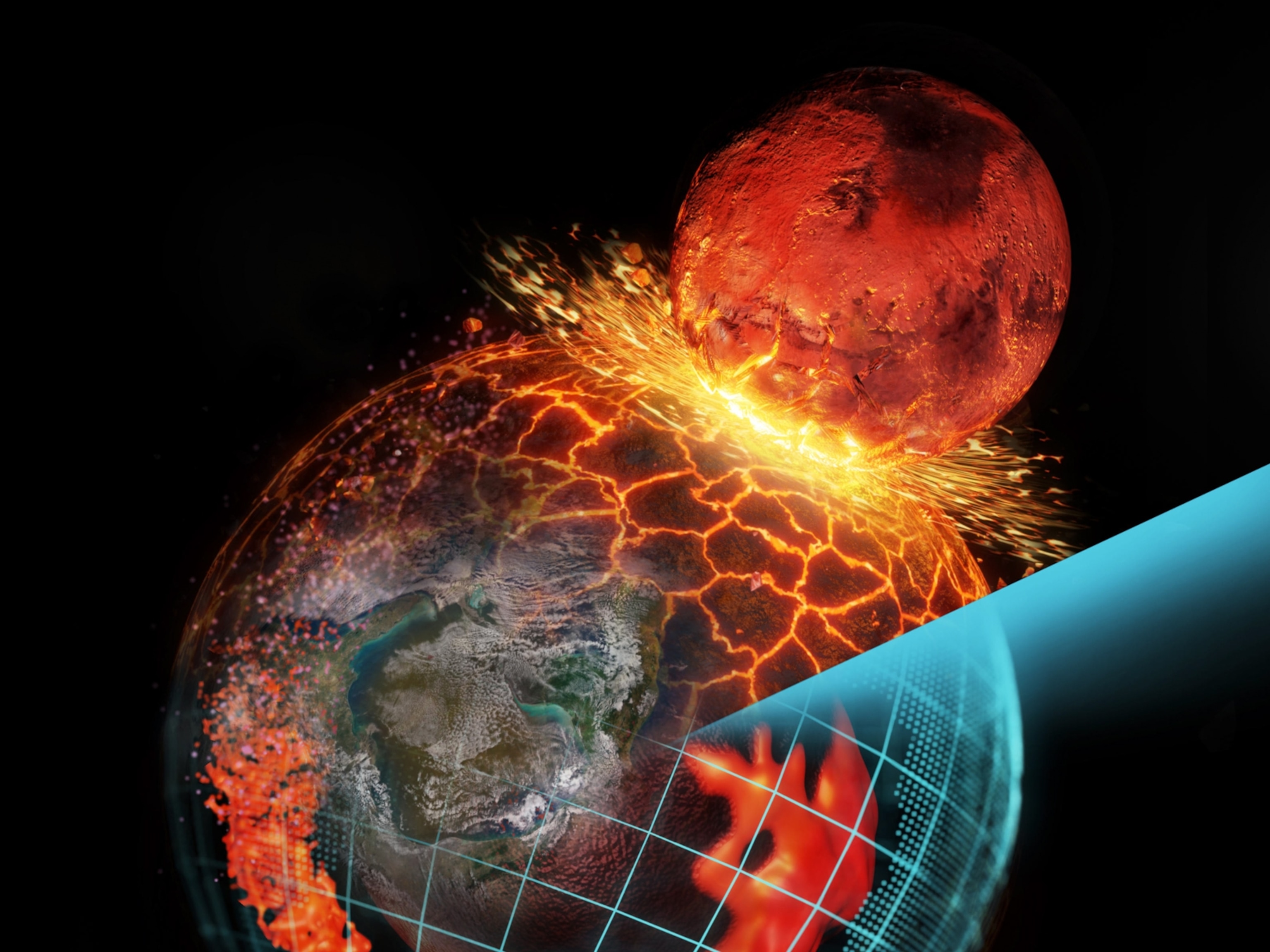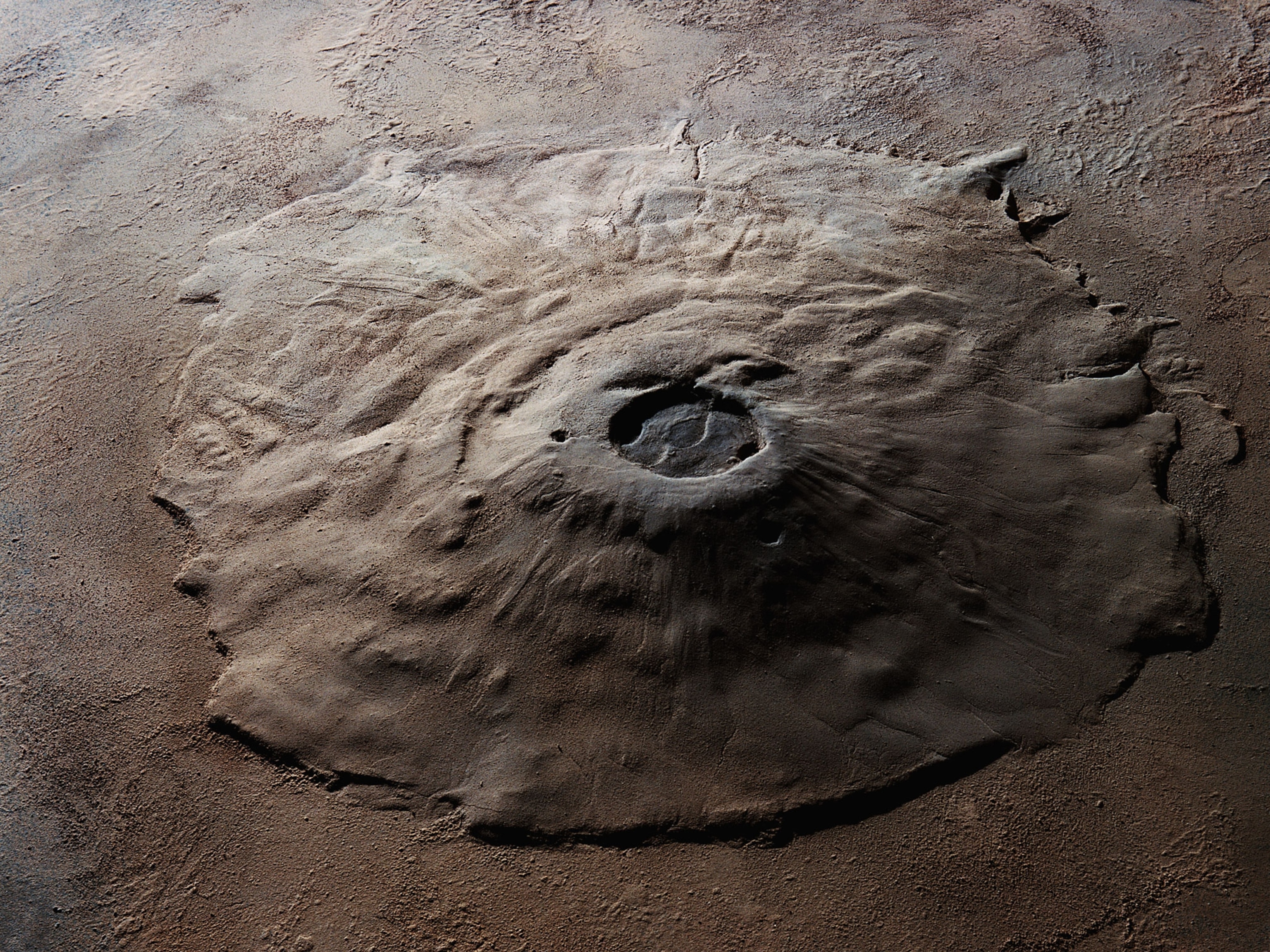
Volcanoes on Venus May Still Be Awake
Data from the now-defunct European Venus Express orbiter show that volcanoes are erupting on the planet known as “Earth’s Evil Twin.”
New research has revealed a major secret about Venus, a planet whose thick shroud of clouds and 900°F surface temperature have made it difficult to study in the past. And the discovery could help scientists better understand how the Earth functions.
The European Space Agency’s Venus Express orbiter, which circled the planet for more than eight years before it plunged to its death last December, has provided new evidence that Venus is geologically active, with volcanic eruptions spiking temperatures to more than 1500°F in some spots.
“This is really exciting,” says Brown University planetary scientist James Head, who co-authored a new study on the findings in Geophysical Research Letters. Head calls Venus "Earth's evil twin" due to its similarity in composition and size, and its potential for volcanic activity.
Scientists have known Venus had a history of volcanism, but it wasn't clear just how lively the planet next door still is. Cloud-penetrating radar on the early-1990’s Magellan orbiter showed that the planet's surface is studded with mountains that look just like volcanoes on Earth. Magellan also showed that about a thousand impact craters dot the Venusian surface—far fewer than you’d expect unless the planet had been massively resurfaced with lava, erasing earlier craters, half a billion to a billion years ago. (See “Venus Revealed” in National Geographic Magazine).
Nobody knew, however, whether the eruptions had stopped, although there were some tantalizing hints. In 2010, for example, Venus Express detected some excess heat coming from three spots on the surface that suggested lava had flowed as recently as 2.5 million years ago. That’s practically yesterday, compared with a half-billion years, as previously thought. In 2012, the orbiter noted a rapid rise, then gradual decrease in atmospheric sulfur dioxide, a gas that’s typically spewed from volcanoes.
The newly identified hotspots, however, are about as close as you could get to a smoking gun. “This is very significant,” says Suzanne Smrekar of NASA’s Jet Propulsion Laboratory. Smrekar was not involved in the new observations.
There’s always been reason to think Venus should be volcanically active, Smrekar says, since it’s so similar to Earth. But unlike Earth, Venus shows no signs of plate tectonics, the process that shuffles huge slabs of crust around the surface. This intrigues geologists, who want to understand why the two worlds followed such different paths. “We don’t really know how plate tectonics got started on Earth,” Head says. “Understanding Venus might help us figure that out.”
On our planet, volcanoes are most common at the boundaries of tectonic plates—the volcanic “Ring of Fire” that surrounds the Pacific Ocean is a good example. But plate tectonics isn’t necessarily required for volcanism, Smrekar says. In fact, Venus could easily be just as volcanically active as our own planet. “You could orbit Earth for a long time and not catch an active eruption in progress,” Head says.
Unfortunately, the now-defunct Venus Express won’t be adding anything more to scientists’ understanding of what’s happening on Venus. But several new Venus probes are under consideration by the world’s space agencies, including one proposed by Smrekar and several colleagues. Known as VERITAS (for Venus Emissivity, Radio Science, InSAR Topography and Spectroscopy), it would map the surface with unprecedented resolution and look for volcanic eruptions with far more sensitivity than what Venus Express could achieve.
By fall, says Smrekar, NASA should be deciding on whether the probe is in the running for eventual launch. And within a few years after that, Venus could begin to yield even more of its secrets.





